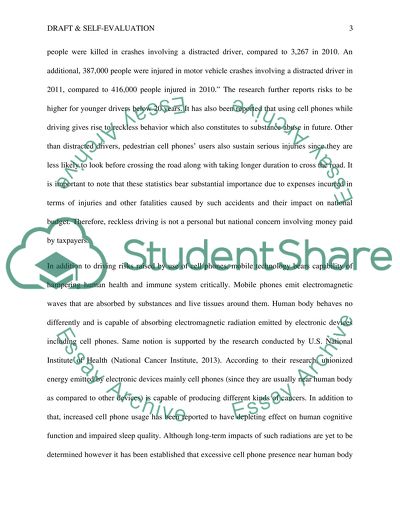Cite this document
(“Cell Phone Usage and Social Interaction with Proximate Others Assignment”, n.d.)
Cell Phone Usage and Social Interaction with Proximate Others Assignment. Retrieved from https://studentshare.org/sociology/1484579-cell-phone-usage-and-social-interaction-with-proximate-others
Cell Phone Usage and Social Interaction with Proximate Others Assignment. Retrieved from https://studentshare.org/sociology/1484579-cell-phone-usage-and-social-interaction-with-proximate-others
(Cell Phone Usage and Social Interaction With Proximate Others Assignment)
Cell Phone Usage and Social Interaction With Proximate Others Assignment. https://studentshare.org/sociology/1484579-cell-phone-usage-and-social-interaction-with-proximate-others.
Cell Phone Usage and Social Interaction With Proximate Others Assignment. https://studentshare.org/sociology/1484579-cell-phone-usage-and-social-interaction-with-proximate-others.
“Cell Phone Usage and Social Interaction With Proximate Others Assignment”, n.d. https://studentshare.org/sociology/1484579-cell-phone-usage-and-social-interaction-with-proximate-others.


